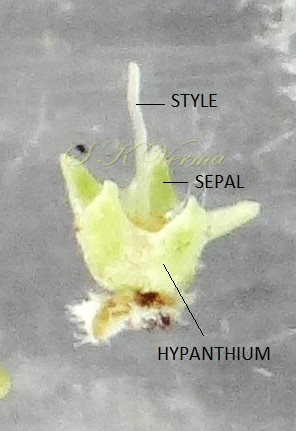CONOCARPUS
Conocarpus
L., Sp. Pl. 147. 1753; Thulin, Fl. Somalia, vol. 1. 1993; Stace, Meso-American Flora.
Mangrove shrubs or trees, without pneumatophores, not thorny. Leaves alternate, entire, leathery, with conspicuous foveas (dimples or domacians) in the axils of most of lateral veins on the underside. Inflorescences in racemes or axillary or terminal panicles with compact heads, more or less globose. Flowers bisexual, functionally probably unisexual, 5-merous, actinomorphic, epigynous; upper part of hypanthium campanulate. Sepals 5. Corolla absent. Stamens (5-)10, exerted, anthers versatile. Style free. Fruits small, flattened, 2-winged nuts. Hypanthium and calyx persistent. Many nuts packed into cone-like heads.
2 species
Conocarpus lancifolius
Conocarpus lancifolius
Engl., Monogr. Afrik. Pflanzenfam. 4: 32. 1900.
Trees, up to 20 m tall; bark grey-brown, fissured; branches glabrous to sparsely pilose when young. Leaves alternate; blade lanceolate to narrowly elliptic, 6-14 cm x 1.4-2.8 cm, margin entire, sometimes with few less-conspicuous glands, apex acuminate, base attenuate into 4-13 mm long petiole; blade with conspicuous foveas (dimples or domacians) in the axils of most of lateral veins on the underside; 2 conspicuous sessile glands, one on each side of margin of blade above petiole; leaf blade adaxially glabrous, puberulous abaxially. Inflorescences in racemes or axillary or terminal panicles with compact heads; heads oblong to +/- globose, 8-16 mm x 6-8 mm, peduncles longer than heads in the axil of small bracts; peduncles, receptacle and bracts puberulous. Flowers bracteate, pale-greenish yellow, bisexual, actinomorphic, 5- merous, epigynous. Hypanthium cupulate, sericeus. Sepals 5, 0.5 mm long, triangular, valvate, puberulent. Petals none. Stamens 5, exserted; filaments 2-2.5 mm long; anthers small, versatile, dehiscence longitudinal. Intrastaminal disk. Style simple, shorter than stamens. Fruits (nuts) densely packed in cone-like heads, ca. 2.5 mm x 2.5 mm, pubescent, flattened, more or less 2-winged.
Common Names: Damas
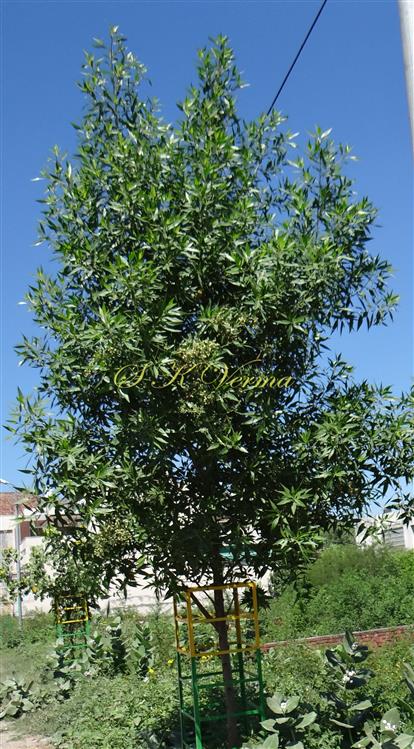

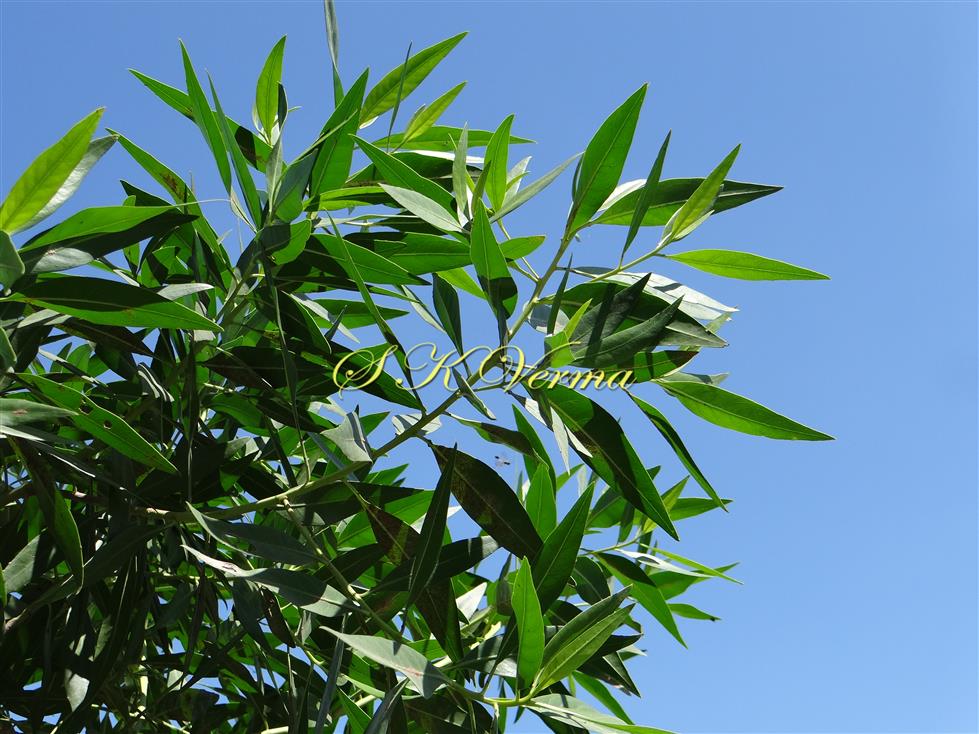
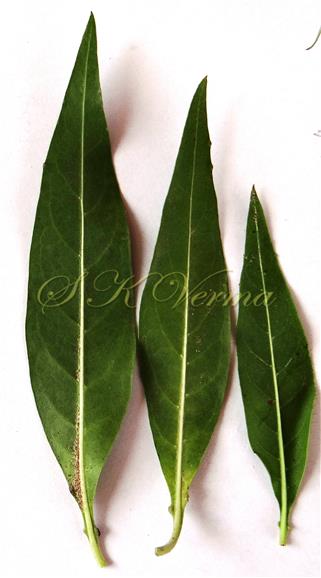

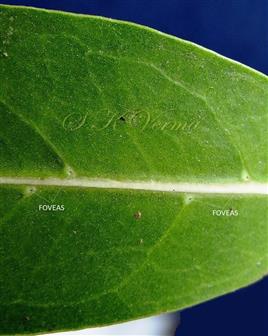
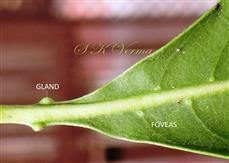
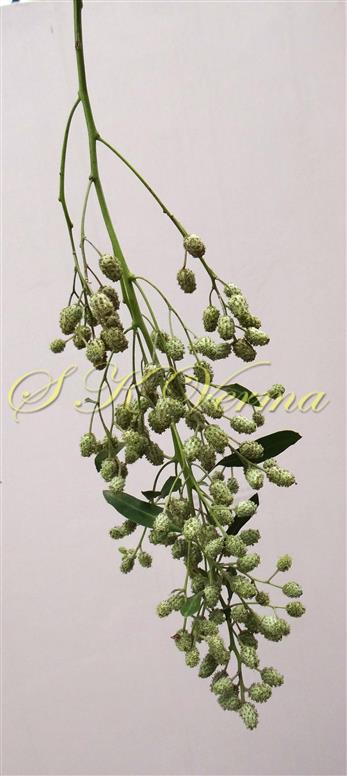
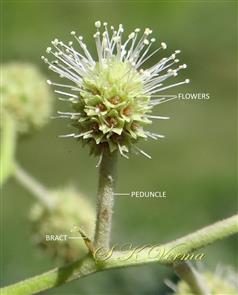
.jpg)



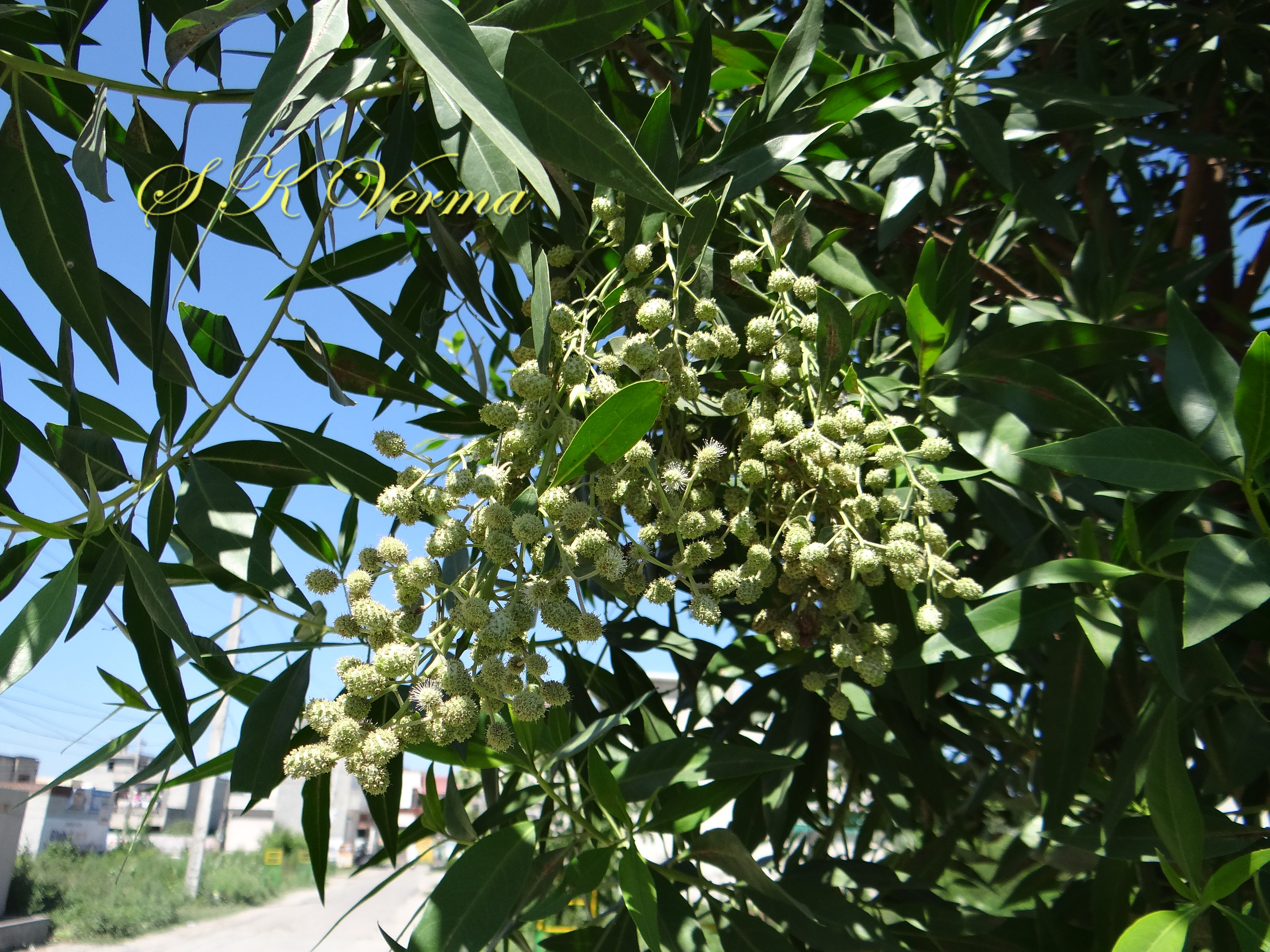







.jpg)
